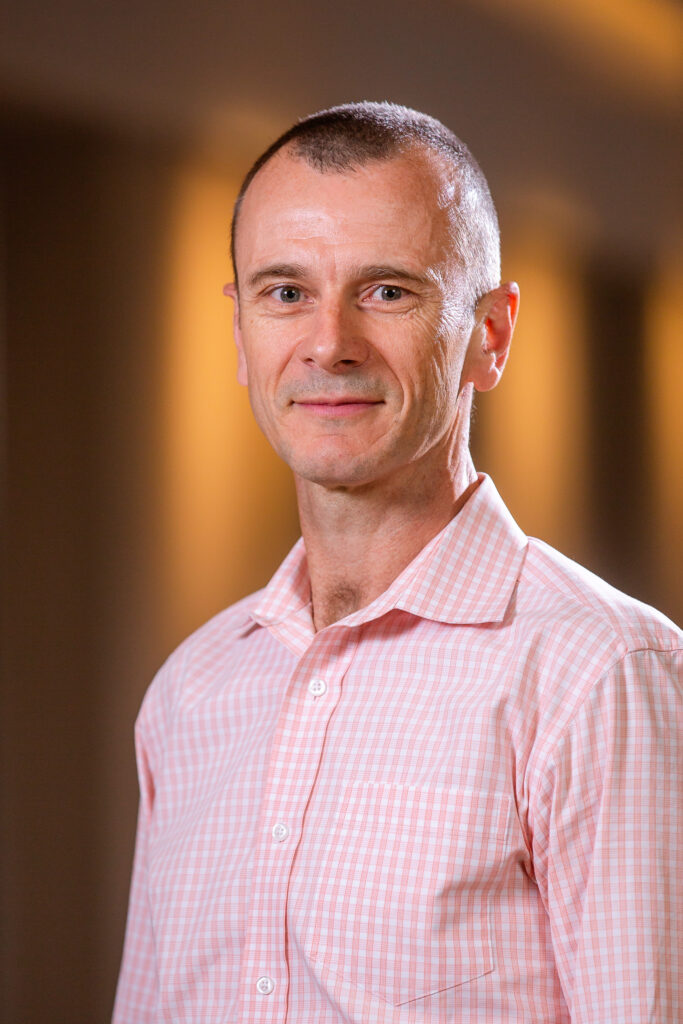by Paudie O’Connor, Senior Vice President, Global Supply Chain, Boston Scientific

As the last few years have shown so dramatically, a strong supply chain organization is at the heart of business continuity. The increasingly volatile macroenvironment—from a pandemic to pricing pressures, geopolitical instability to supply constraints—has made it even more critical that we control the variables we can, so that we can deliver life-changing and life-saving devices when and where they’re needed.
These challenges have validated many of the priorities that have guided our team for years:
- Prepare for storms (literal and metaphorical) before they strike;
- Develop a digital infrastructure that quickly converts data to insight;
- Fine-tune what can be done best by your in-house team and where you can most effectively supplement efforts with outside partners (and maintain deep relationships with those strategic suppliers, so that you have open lines of communication when the unexpected hits);
- Use technology—from digital twins of production lines to visual checks on product details—to improve efficiency, lower cost and increase quality on tasks that may be more prone to human error.
All of these are essential, and I’m personally grateful to my team for continuing to move us ahead on these fronts, and for managing untold challenges before they escalated to crisis level.
But even if you nail all of these factors, you might face long-term vulnerability if you don’t unleash your single most valuable asset: your people. By marrying the best of human insight with the best of technology, we’ll be better prepared to face the unexpected—and better suited to shape technology to meet our evolving needs.
Part of this starts with getting the right people into the organization in the first place and getting increasingly creative with recruiting efforts. For example, in 2020 when COVID-19 decimated the hospitality industry, we realized a significant talent pool was out of work—but in many cases, there was a language barrier. In Spencer, Indiana, we launched a multicultural program to recruit Spanish-speaking product builders. As a global company, we’ve developed expertise in moving production lines around the world—including translation. We leveraged that experience to create Spanish-first shifts in Indiana to bring in a new employee population—and we offer both English lessons and Spanish lessons to deepen relationships among employees at the plant and create pathways for continued growth.
The future of supply chain goes well beyond talent attraction—we also need to continuously upskill our employees, even as we scale automation to continuously improve quality. Our GROW program (Gives Real Opportunities for Valuable Work), which we’ve rolled out across nearly a dozen global sites, is a development program for diverse builder and technician talent, to create opportunities for growth. By upskilling the people who have used production technology on the lines, we are equipping them to manage and help us to refine that technology moving forward.
The road ahead is long, and we can’t count on it to be smooth. But as long as we keep putting people at the center, we’ll get our life-changing devices where they need to be—into the hands of the healthcare providers who need them.